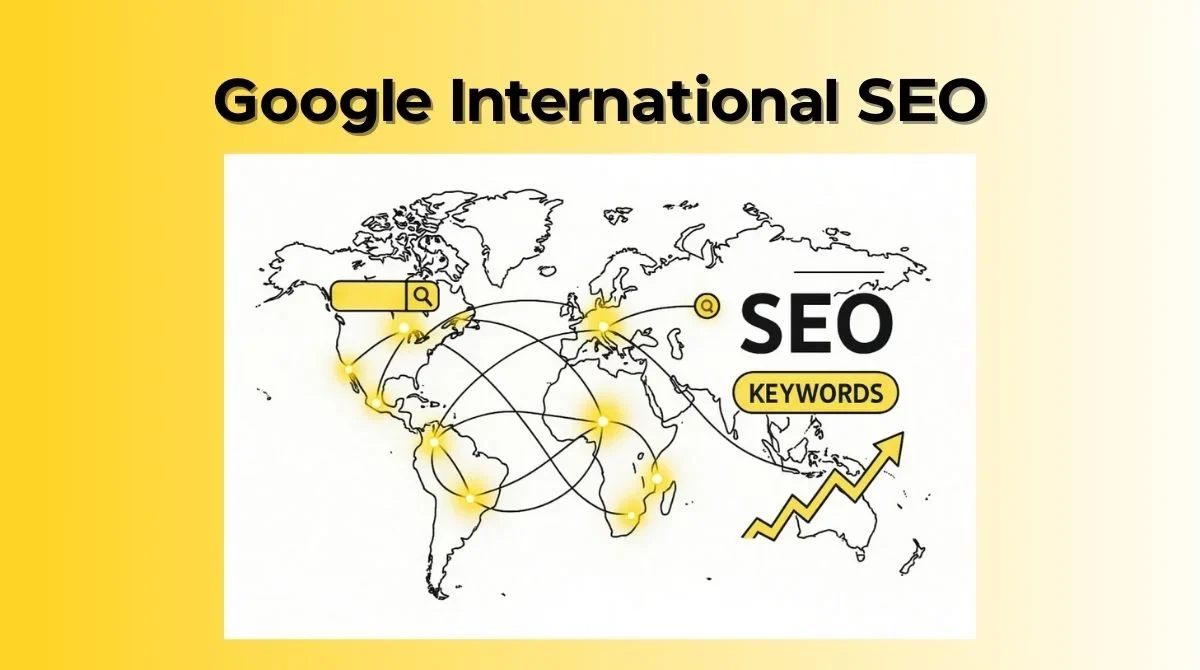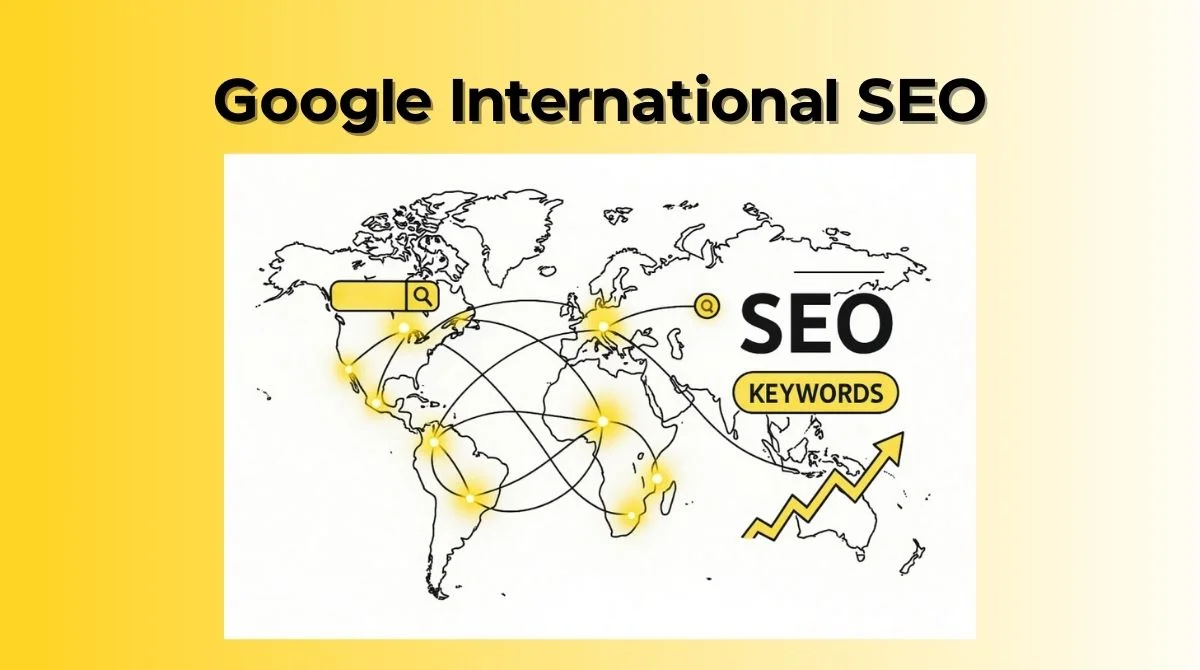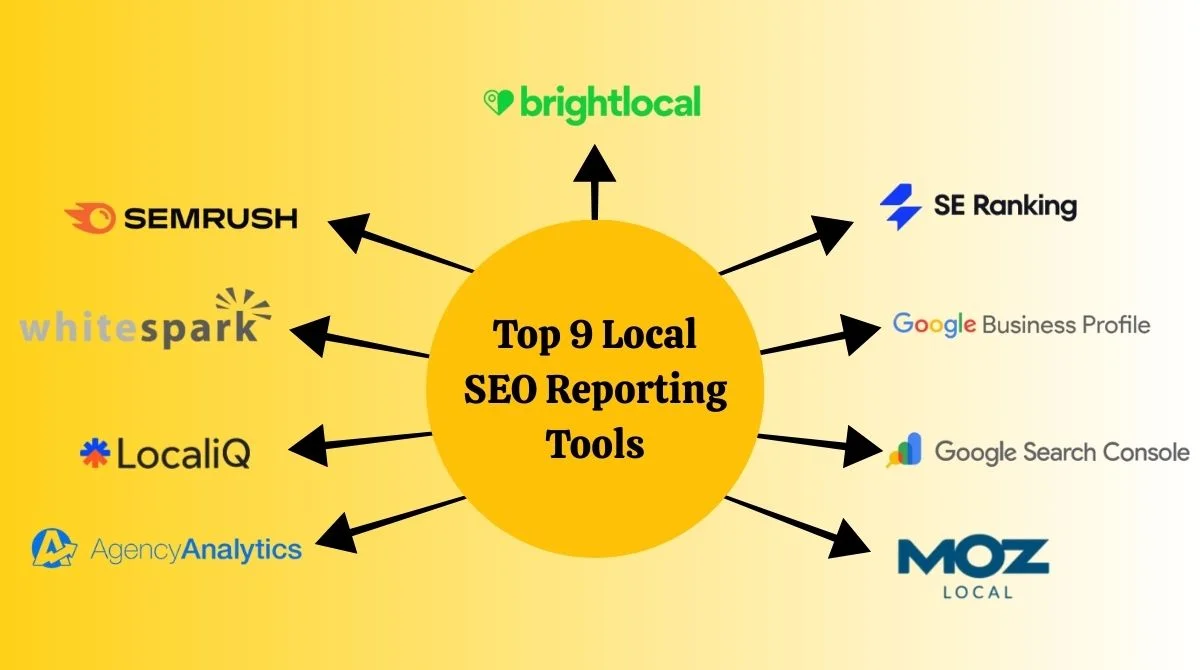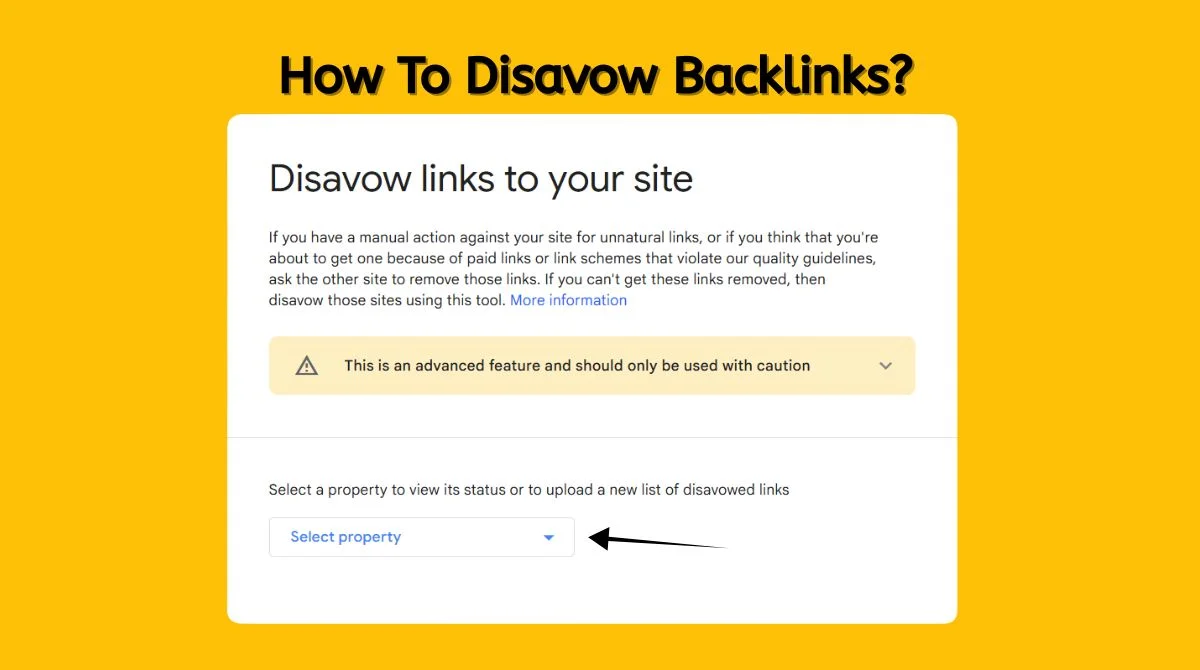- What is Google International SEO?
- Why Google International SEO Matters?
- Core Components of Google International SEO
- Benefits of International SEO
- Common International SEO Challenges
- Best Practices for Google International SEO Success
- Measuring International SEO Success
- Future of International SEO
- Conclusion
What is Google International SEO?
Google International SEO is the practice of optimizing your website to rank higher in search results across different countries and languages. It helps businesses reach global audiences by making their content discoverable in international search engines.
This strategy involves technical optimization, content localization, and cultural adaptation. The goal is to provide the best user experience for visitors from different regions while meeting Google’s ranking requirements.
International SEO differs from regular SEO because it considers multiple languages, currencies, and regional preferences. It requires careful planning and implementation to succeed in global markets.
Why Google International SEO Matters?
The digital landscape has become increasingly global. There are tens of millions of people out there looking for content in their native languages and specific regions.
Key Reasons to Invest in International SEO
- Massive Market Opportunity: Over 60% of internet users speak languages other than English. By targeting international markets, you can tap into billions of potential customers worldwide.
- Competitive Advantage: Many businesses focus only on their local markets. International SEO gives you an edge by reaching audiences your competitors might ignore.
- Revenue Growth: Global expansion through search engines provides new revenue streams. Companies using international SEO often see significant traffic and sales increases.
- Brand Recognition: Appearing in multiple country search results builds global brand awareness. This helps establish your business as an international authority in your industry.
Core Components of Google International SEO
1. Website Structure Strategy
- Country Code Top-Level Domains (ccTLDs): Using country-specific domains like .uk, .de, or .fr sends strong signals to Google about your target audience. These domains typically rank better in their respective countries.
- Subdirectories with gTLDs: Creating country-specific folders like example.com/uk/ or example.com/de/ is cost-effective and easier to manage than multiple domains.
- Subdomains: Using formats like uk.example.com allows for better organization but requires more technical setup and maintenance.
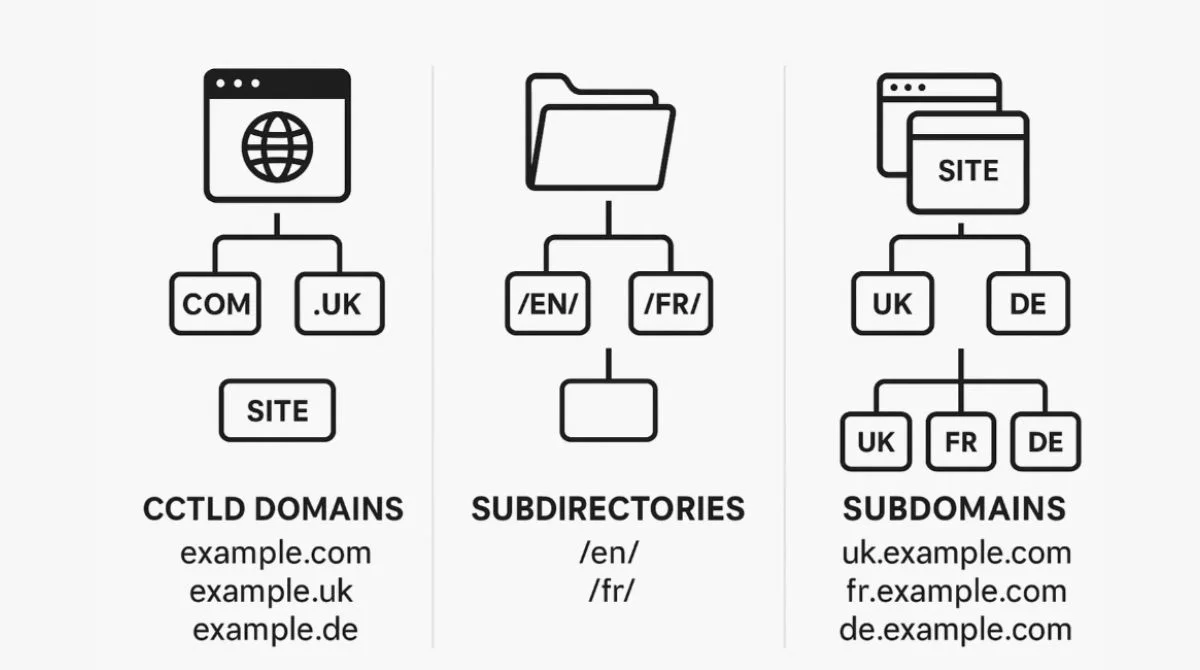
2. Hreflang Implementation
Hreflang tags tell Google which language and country versions of your pages to show in search results. These tags prevent duplicate content issues and ensure users see the most relevant version.
Proper Hreflang Setup:
- Use correct language and country codes.
- Include self-referencing tags.
- Add tags to all versions of your pages.
- Implement through HTML, XML sitemaps, or HTTP headers.
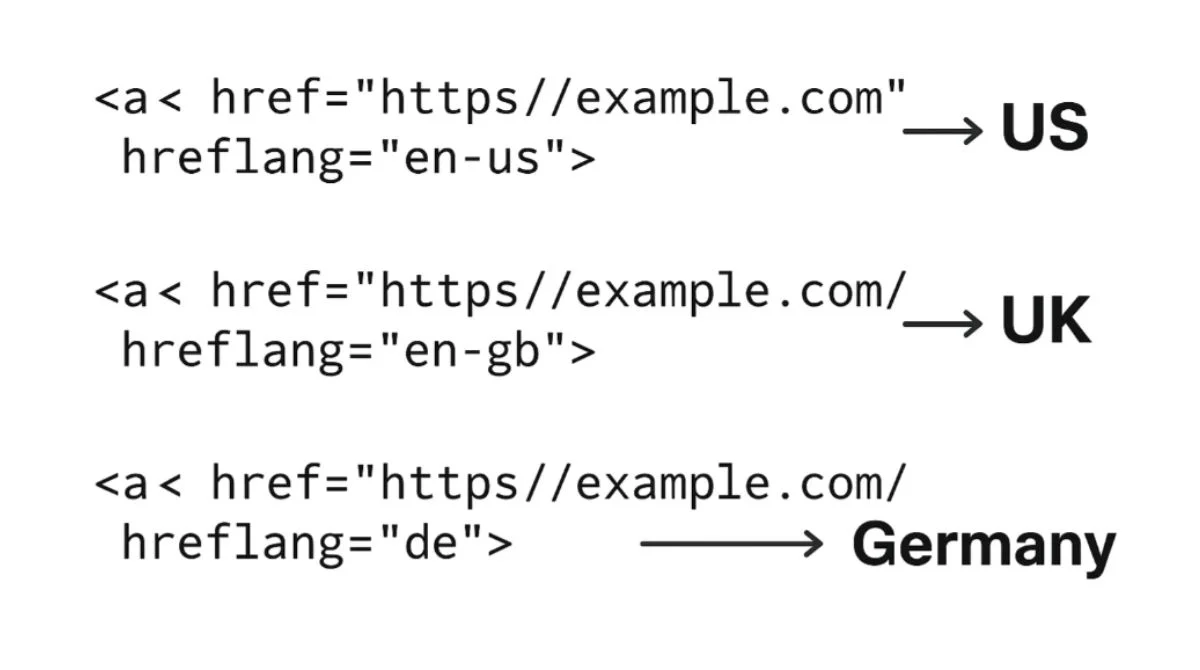
3. Content Localization Strategy
- Language Translation: Professional translation goes beyond word-for-word conversion. It considers cultural context, local expressions, and regional preferences to create authentic content.
- Cultural Adaptation: Successful international content reflects local customs, holidays, and business practices. This includes adjusting images, colors, and messaging to match regional expectations.
- Local Currency and Formats: Display prices in local currencies with appropriate formatting. Include local contact information, addresses, and phone number formats.

4. Technical SEO Considerations
- Server Location: Utilizing content delivery networks (CDNs) or local hosting enhances page loading speeds for international users. The 2024 Google core algorithm updates have redefined the rules of SEO, prioritizing user-first strategies, high-quality content, and technical excellence with emphasis on user experience metrics.
- Page Speed Optimization: Fast-loading pages are crucial for international SEO success. Google considers page speed as a ranking factor, especially for mobile users.
- Mobile Optimization: International users often access websites through mobile devices. Ensure your international sites are mobile-friendly and provide excellent user experiences.
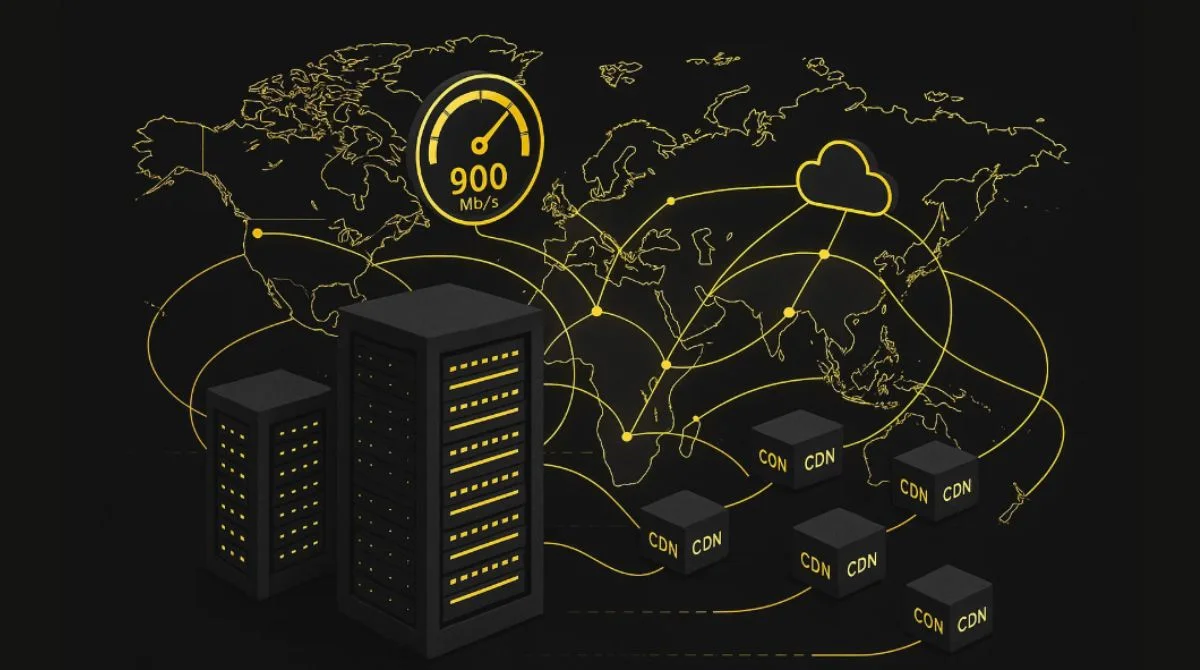
Benefits of International SEO
Increased Global Visibility
Strong search engine rankings in different languages and regions significantly expand your online presence. This visibility leads to more qualified traffic from international markets.
Higher Conversion Rates
Localized content in native languages converts better than generic English content. Users are more likely to purchase from websites that speak their language and understand their culture.
Competitive Market Advantage
Many businesses overlook international SEO opportunities. By implementing these strategies early, you can dominate international search results before competitors catch up.
Diversified Revenue Streams
International SEO creates multiple income sources from different countries. This diversification protects your business from economic downturns in single markets.
Enhanced Brand Authority
International SEO allows businesses to connect with new markets across the globe and build credibility as a global brand. This authority often translates to better domestic rankings as well.
Common International SEO Challenges
- Content Management Complexity: Managing multiple language versions requires sophisticated content management systems. Keeping all versions updated and consistent can be time-consuming and expensive.
- Technical Implementation Issues: Incorrect hreflang implementation or server configuration can harm your rankings. These technical challenges require specialized knowledge and careful monitoring.
- Cultural Misunderstandings: Direct translation without cultural consideration can offend local audiences. Understanding regional customs and preferences is essential for success.
- Resource Requirements: International SEO demands significant investment in translation, localization, and ongoing maintenance. Small businesses may initially find these costs prohibitive.
Best Practices for Google International SEO Success
Research Target Markets Thoroughly
Study the search behaviors, popular keywords, and local competitors of your target countries. Use tools like Google Search Console and Google Analytics to identify opportunities.
Implement Proper URL Structure
Choose a consistent URL structure and stick with it. Whether using ccTLDs, subdirectories, or subdomains, maintain the same approach across all international versions.
Optimize for Local Search Engines
While Google dominates globally, some countries prefer local search engines. Research and optimize for Baidu in China, Yandex in Russia, or Naver in South Korea.
Monitor Performance Regularly
Track rankings, traffic, and conversions for each international market. Use this data to refine your strategies and identify new opportunities.
Build Local Backlinks
Develop relationships with local websites, bloggers, and businesses in your target countries. Local backlinks significantly improve your rankings in regional search results.

Measuring International SEO Success
Key Performance Indicators
- Organic Traffic by Country: Monitor traffic increases from target countries using Google Analytics. This metric shows the direct impact of your international SEO efforts.
- Keyword Rankings: Track rankings for localized keywords in each target market. Use country-specific search tools to get accurate ranking data.
- Conversion Rates: Measure how well international traffic converts compared to domestic traffic. High conversion rates indicate successful localization efforts.
- Revenue Growth: Track revenue generated from international markets. This ultimate measure shows the business impact of your international SEO investment.
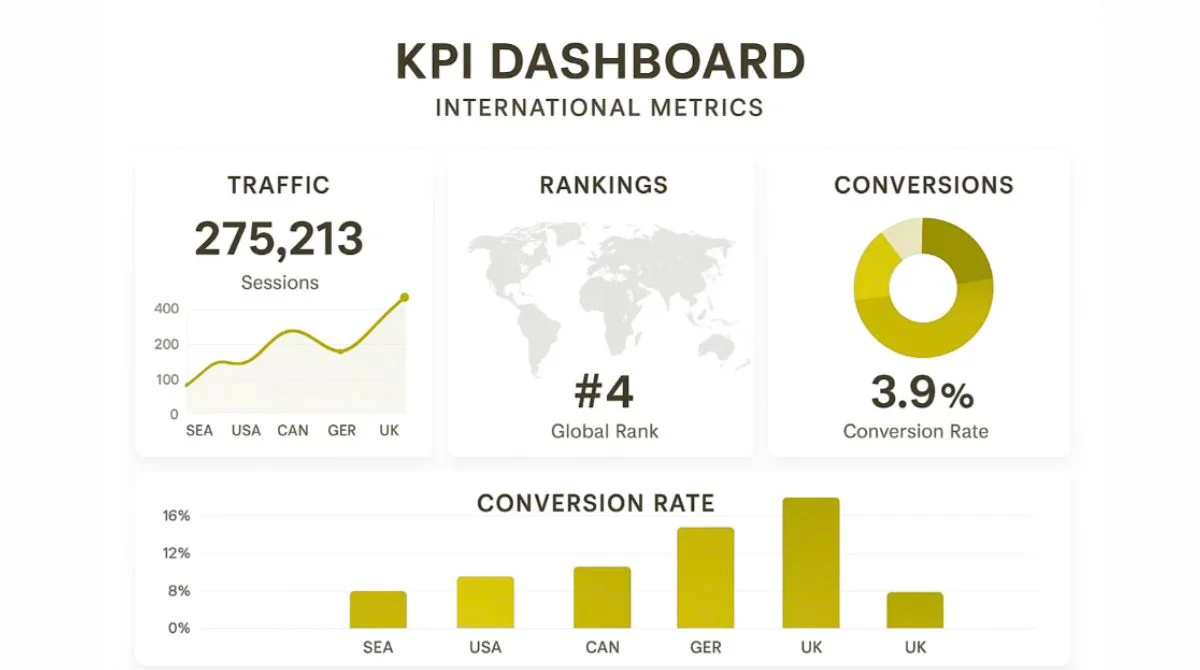
Tools for International SEO Monitoring
- Google Search Console: Set up separate Search Console properties for each country or language version. This provides detailed insights into search performance by region.
- Google Analytics: Use geographic and language reports to understand international user behavior. Set up goals and funnels to track conversion paths.
- Third-Party SEO Tools: Tools like SEMrush, Ahrefs, and Moz offer international keyword research and ranking tracking capabilities.
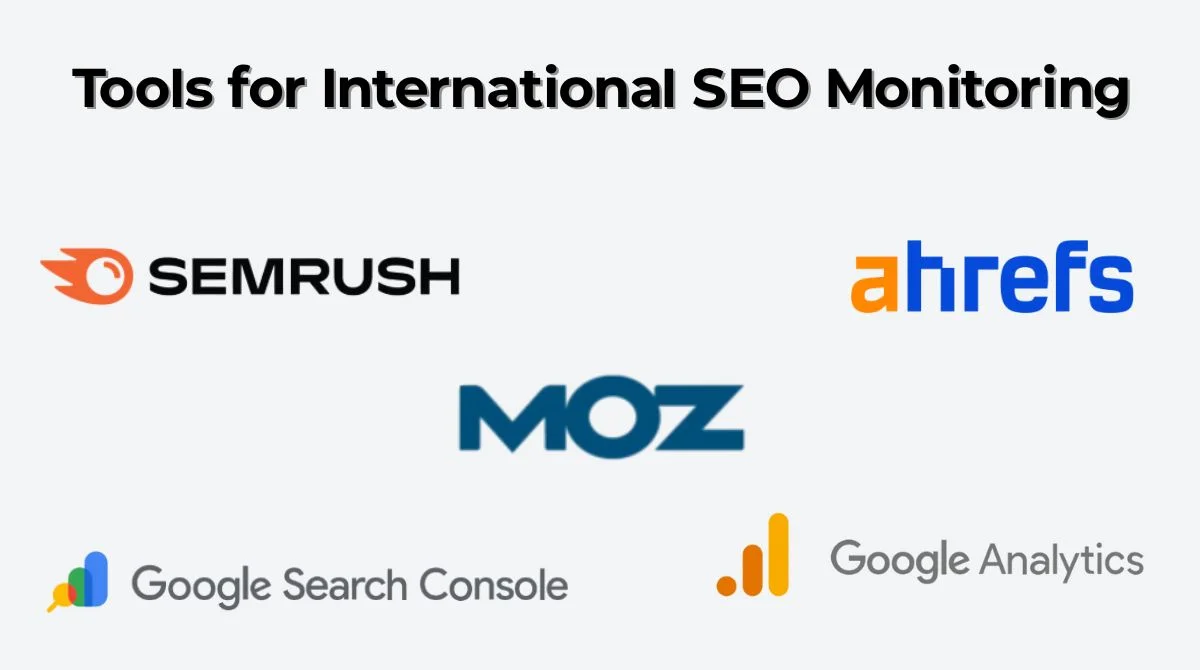
Future of International SEO
The international SEO landscape continues evolving with new technologies and user behaviors. Google introduced AI Overviews to search results in Brazil, India, Indonesia, Japan, Mexico, and the UK, transforming how users interact with search results globally.
Artificial intelligence and machine learning will play larger roles in understanding user intent across languages and cultures. Voice search optimization for different languages will become increasingly important.
Mobile-first indexing and Core Web Vitals will remain crucial ranking factors internationally. Businesses must prioritize technical performance alongside content quality to succeed globally.
Conclusion
Google International SEO opens doors to global markets and exponential growth opportunities. Success requires careful planning, proper technical implementation, and ongoing optimization. Start with one target market, perfect your approach, then expand gradually. International SEO is not just about translation but about creating meaningful connections with diverse global audiences through search engines.

